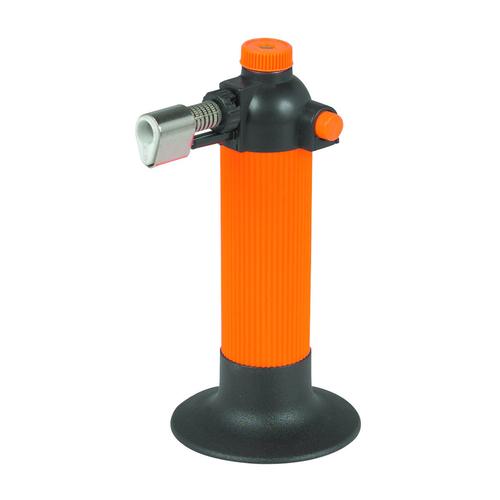Results 11 to 19 of 19
Thread: Annealing rod for pins
-
11-07-2013, 09:38 AM #11
-
11-07-2013, 02:32 PM #12

By chamfering the hole in the scale a bit by using the flute of a larger bit, the rod has a good place to fill as you peen without putting undue stress on the scale. Also, keep in mind that pins swell as peened, so be sure to oversize the hole a bit as well. Doing this has cut down on the cracks immeasurably for me.
"Don't be stubborn. You are missing out."
I rest my case.
-
-
11-07-2013, 02:55 PM #13Senior Member



- Join Date
- Apr 2008
- Location
- Essex, UK
- Posts
- 3,816
Thanked: 3164
-
11-07-2013, 03:14 PM #14Senior Member



- Join Date
- Apr 2008
- Location
- Essex, UK
- Posts
- 3,816
Thanked: 3164
Definitely risky, but I doubt that cracked vintage ivory scales had much to do with poor peening, they were luxury items then and would never have been sold in that condition, obviously.
IMO it has more to do with swelling and shrinking over the years and poor maintenance. I have a large box full of ivory scales that cracked at the pivot and wedge. Not only do we have the natural propensity for ivory to take on and lose water vapour, swelling and shrinking as it does, but there is also the different coefficients for this in the steel of the blade, brass pis and lead wedge.
Most scales in that box, though not all, are cracked on the back. Indeed I have a 7 day set all bar one with cracks on the back. There has to be a reason, and I think it has something to do with laying the razor on its side after shaving without having dried it properly, or in sunlight.
Both cases would cause one scale to move at a dii
fferent rate, the lower scale would get wetter in case 1 and swell more than the top. In the 2nd case the upper scale would become warmer. This could cause it to swell, or lose water vapour and shrink.
Most scales that I have that are badly affected show signs of neglect, like rust stains and green stains from brass friction washers, plus severe discolouration caused by over oiling. All these suggest water as the agent that caused the crack.
Regards,
Neil
-
The Following User Says Thank You to Neil Miller For This Useful Post:
UKRob (11-07-2013)
-
11-07-2013, 04:56 PM #15

As far as doing it yourself, I've done a bit of collarless peening on mostly ivory and some horn with success. I always make the hole in the scales larger than the diameter of the pin, maybe somewhere in the 0.2-0.5 mm range. The pin will expand when you peen it, so giving it room avoids this (as long as you don't hit the scales with your hammer of course).
-
The Following User Says Thank You to ScienceGuy For This Useful Post:
UKRob (11-07-2013)
-
11-07-2013, 05:56 PM #16

Two thoughts:
The last of the apprenticed UK knife makers (Stan Shaw) says to use a tapered hole in the scale and a slightly larger through hole. His specialty was MOP and Ivory scales!
A cheap brulé torch works well, some available at less than $10 US.:

~Richard
Yes Neil, I remember those days!Neil, That takes me back a bit, Lemur - nearly 40 yrs to when I was learning basic silversmithing. We had ' blowtorches' that were just like that, a feeble gas flame at one end and a mouthpiece. If you wanted more heat you had to blow harder.
Regards,
NeilBe yourself; everyone else is already taken.
- Oscar Wilde
-
The Following User Says Thank You to Geezer For This Useful Post:
UKRob (11-07-2013)
-
11-07-2013, 06:09 PM #17
-
11-07-2013, 06:17 PM #18

He wrote a wonderful book about Sheffield cutlery as he knew it.
One source is:
"Stan Shaw, Master Cutler"
Stan Shaw Masater Cutler, The Story of a Sheffield Craftsman Book
~RichardBe yourself; everyone else is already taken.
- Oscar Wilde
-
The Following User Says Thank You to Geezer For This Useful Post:
ScienceGuy (11-07-2013)
-
11-07-2013, 06:39 PM #19

I think between Neil and Richard, you've got the info you likely need... But yeah, my comment about 'doing it wrong' was aimed squarely at cracking *non-ivory* scales. Cracking ivory scales... Well, yeah. What Neil said about it. There's a reason horn is my favorite scale material. Every set of ivory I've re-pinned, I've always drilled out the holes so the rod wasn't snug, and that's likely why I've had the extraordinary luck of never cracking a set (while putting them ON... taking off is a whole 'nother matter).
Also, I have annealed with a creme brule torch. It works great!-Zak Jarvis. Writer. Artist. Bon vivant.
-
The Following User Says Thank You to Voidmonster For This Useful Post:
UKRob (11-07-2013)


 36Likes
36Likes LinkBack URL
LinkBack URL About LinkBacks
About LinkBacks











 Reply With Quote
Reply With Quote

